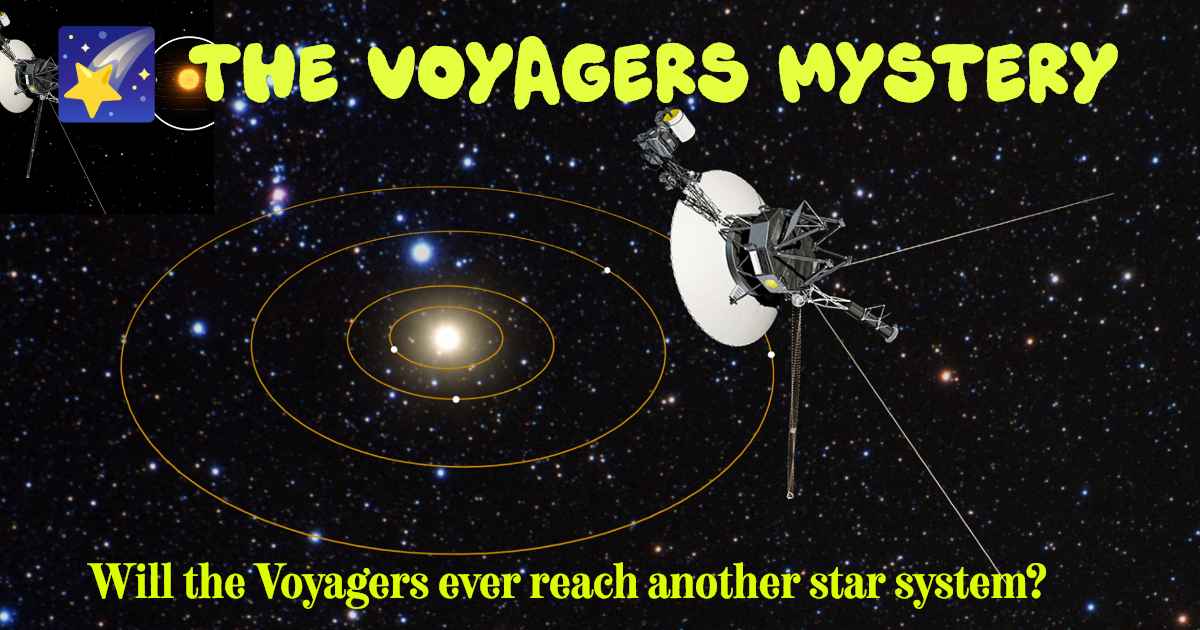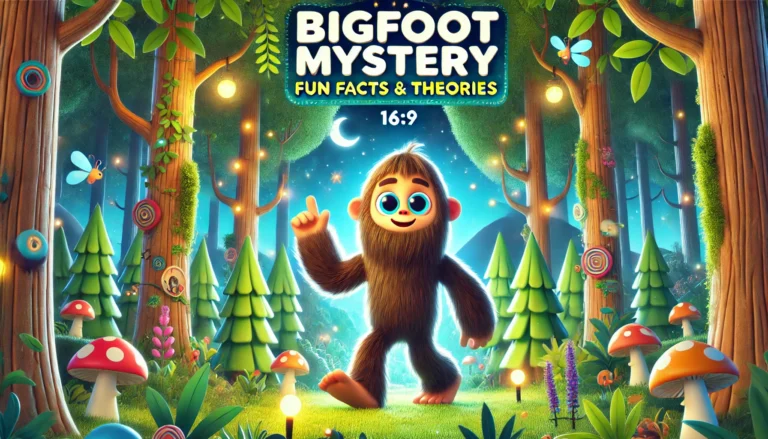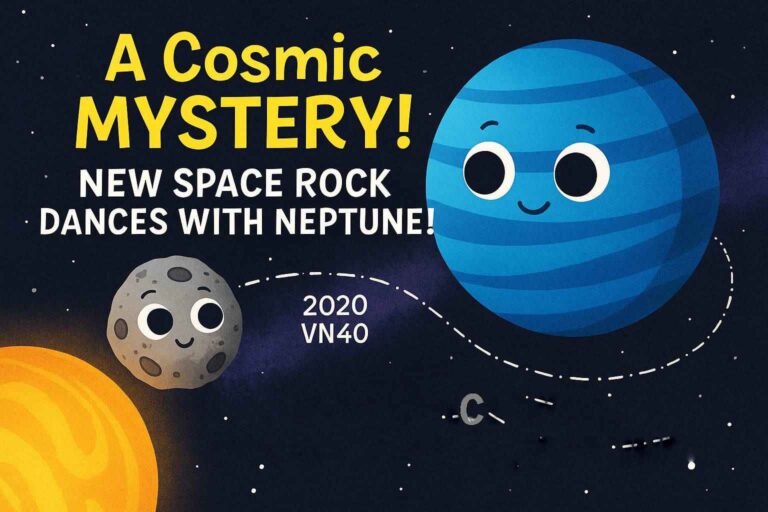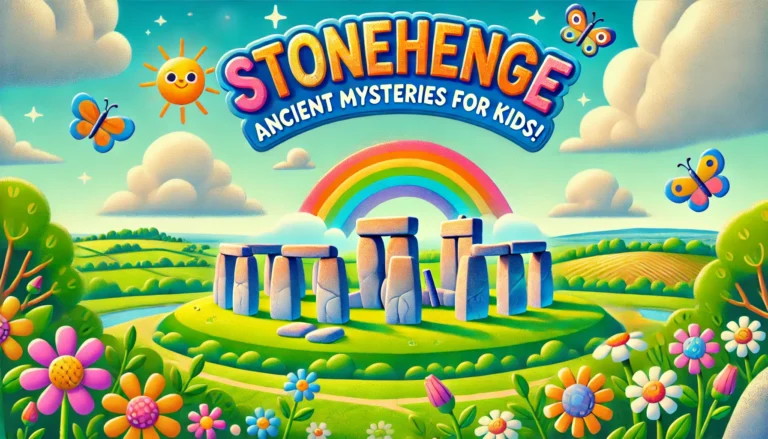
The Space Mystery That’s Still Unfolding…
🚀 A Journey That Never Ends…
Over 40 years ago—before smartphones, Wi-Fi, or even YouTube existed—NASA launched two special space travelers: Voyager 1 and Voyager 2. These weren’t astronauts or rovers… they were robotic spacecraft sent on the most daring adventure in human history.
Their mission?
To explore the outer planets and then keep flying… forever.
And guess what?
They’re still going.
But where are they headed? Will they ever reach another star? Or just drift into the cold, dark unknown?
Let’s unlock this space mystery!
🌍 Meet the Voyagers!
- Voyager 1 launched on September 5, 1977
- Voyager 2 launched just days earlier, on August 20, 1977
Both spacecraft were built to explore the giant planets—Jupiter, Saturn, Uranus, and Neptune. And wow, did they succeed! They sent back amazing photos of storms on Jupiter, icy rings of Saturn, and even mysterious moons we never knew existed.
But once their planet missions were over… they kept going.
🧭 Where Are They Now?
Right now, Voyager 1 is the farthest human-made object from Earth—over 15 billion miles away! Voyager 2 isn’t far behind.
They’ve both entered interstellar space—the space between stars. There’s no air, no planets, no light—just dust, invisible particles, and a lot of waiting.
But here’s the big mystery:
🌌 Will the Voyagers ever reach another star system?
🪐 Stars Are Really, Really Far Away…
Even though Voyager 1 is moving at 61,000 kilometers per hour, it would still take over 40,000 years to reach the next closest star, called Proxima Centauri.
That’s longer than all of human history!
So… in your lifetime, the Voyagers won’t reach another star. But they’re still moving in that direction, and they may get close—eventually.
🎵 The Golden Record: A Message for Aliens?
Each Voyager carries something incredible:
a golden record with sounds and pictures from Earth!
It includes:
- Whale songs 🐋
- Greetings in 55 languages 🗣️
- Music by Beethoven and Chuck Berry 🎶
- The sound of a heartbeat ❤️
It’s like a time capsule for aliens!
If an alien civilization finds the Voyagers one day, they’ll get a sneak peek into what life on Earth was like in 1977.
But here’s the mystery:
🤖 Will anyone ever find it? Or will it float alone through space forever?
🧠 DID YOU KNOW?
- Voyager 1 takes 22 hours to send a signal back to Earth—and it’s traveling at the speed of light!
- Both Voyagers use plutonium as a power source, not solar panels.
- NASA still communicates with them using giant antennas called the Deep Space Network.
👩🚀 Why This Matters
The Voyagers show us how curious humans are. We don’t just want to know about our backyard—we want to know about the entire universe!
Even after decades in space, these little spacecraft keep teaching us new things. Scientists have used them to learn about:
- The edge of the solar system
- The power of the solar wind
- What interstellar space is made of
🤓 FUN SCIENCE FACTS!
- If the Voyagers were cars, they would have driven around the Earth over 600,000 times!
- Their power supply will likely run out around 2030—but they’ll keep drifting through space silently.
- The chance of hitting something in space is tiny—space is mostly empty!
❓QUIZ: Voyager Voyage!
1. What year did the Voyagers launch?
A) 1969
B) 1977
C) 1985
D) 2001
2. What is the name of the first star the Voyagers could reach in 40,000 years?
A) Alpha Centauri
B) The Sun
C) Proxima Centauri
D) Sirius
3. What special item is on board each Voyager?
A) A telescope
B) A golden telescope
C) A pizza recipe
D) A golden record
4. How fast is Voyager 1 traveling?
A) 1 km/hour
B) 10,000 km/hour
C) 61,000 km/hour
D) The speed of sound
✅ ANSWERS:
- B) 1977
- C) Proxima Centauri
- D) A golden record
- C) 61,000 km/hour
🛰️ So… Where Will They Go?
The Voyagers won’t stop.
They’ll drift through space forever, carrying Earth’s story across the stars.
Even when Earth is silent and their power runs out, Voyager 1 and 2 will still fly on… silent messengers of our curious planet, sailing toward a future no one can predict.
And maybe—just maybe—someone out there will hear us.






